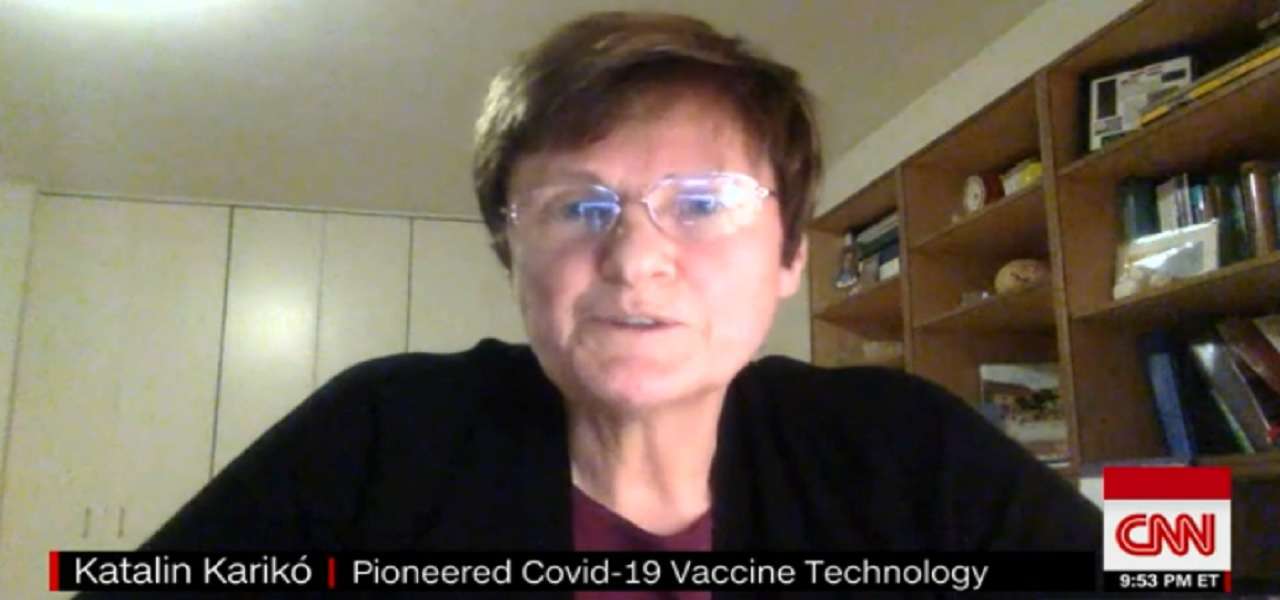Katalin Karikò who is the Hungarian scientist: from research to the Nobel Prize
Katalin Karikò will be a guest in the living room of What’s the weather like, talk show hosted by Fabio Fazio to talk about his incredible scientific career. Karikò was born on January 17, 1955 in Hungary and specialized in mechanisms mediated by ribonucleic acid. In 2023 she received the Nobel Prize for Physiology and Medicine.
The scientist dedicated 20 years of her career to research at the University of Pennsylvania where, after a few years of teaching, she was demoted with a significant cut in funding: “No, I didn’t expect any kind of reward. For many decades I never received anything. I was very happy to do this job. Receiving a letter from a nursing home in New York celebrating the fact that, thanks to the vaccine, no one died when they contracted the infection… to me, those are the real rewards. I was aware of the Breakthrough Prize, which is very famous. But, you know, I had never thought about any kind of prize. So it was a very, very pleasant surprise” said the scientist regarding the Nobel, in an interview with Scientific American.
Katalin Karikò and the development of the Pfizer and Moderna vaccines against Covid-19
Katalin Karikò developed the technology based on messenger RNA with which she created the most effective vaccines against Covid-19. She was the scientist who first fought the pandemic through the results of her research: “We had been working with Pfizer since 2018 to develop a vaccine against influenza. And we were already ready to start a clinical trial. But moving on to COVID was just a technical matter. So it was already ready” declared the scientist a Scientific American.
It’s still: “If the pandemic had happened 20 years ago, we would have had to physically have a piece of the virus in our hands. So there would have been a big delay. But commercial gene synthesis began about 20 years ago. Now it is possible to order a gene. You sort the DNA, insert it into a DNA molecule [tipicamente circolare, chiamata plasmide] and then RNA is produced. But making the nanoparticle to deliver the mRNA is quite challenging.”
© ALL RIGHTS RESERVED
